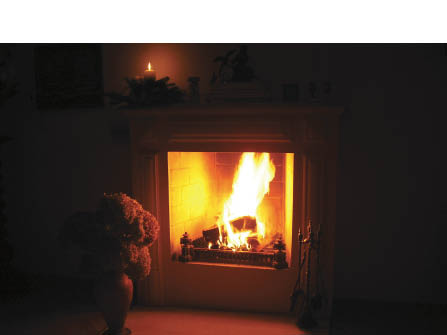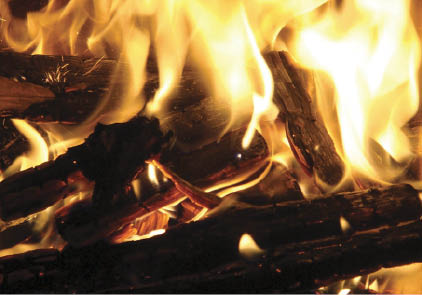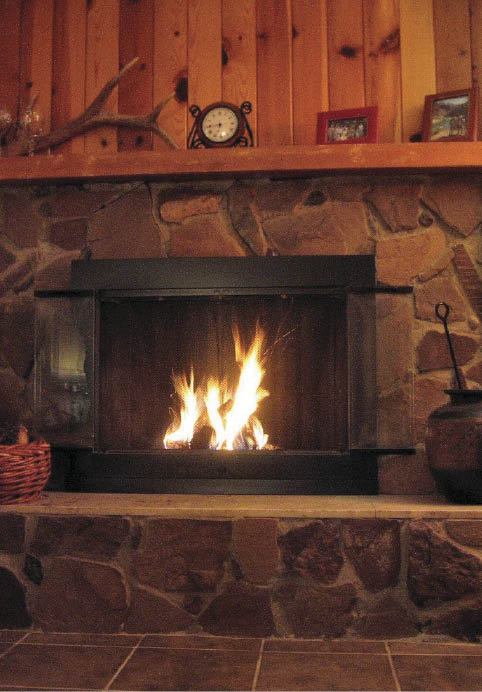|
Once Upon a
Time by the Fireplace by Paola Emilia Rubbi Cozied up in the warmth of the fireplace listening to stories and tales, real or imagined. |
|
Once, when
there were no convector heaters, sun panels, microwave ovens, the fireplace
played an important role for the family in their home, so much so that its
name was used figuratively as a synonym to “home”,
“family”. It has
always been important because around it gathered generations of people,
providing warmth for everyone, and heating flames to cook the food. The
fireplace's most shining moments were during the Holidays when, for the
reasons just described, it became the focal point in creating opportunities to bring people together, to help in the preparation of meals for
important festivities,
making the home even more welcoming, with its burning logs and its
brightness, its conviviality. Around the fireplace people gathered in the
evenings all cozied up and in its warmth were told real or imagined stories
and tales that those who came afterwards could call “fables
of the fireplace”. “To me who has not seen the Colossus of Rhodes or the pyramids of Egypt, the kitchen of Fratta castle and its fireplace are the most solemn moments that weighs on the earth", as Ippolito Nievo described in "Confessions of an Italian”, summarizing an opinion once widely shared, that the fireplace was a presence in the kitchen, and also in the home, its dignity recognized for its irreplaceable duty. Many |
influential authors have used the fireplace
as a descriptive element characterizing situations, settings, atmospheres, as
for example, Umberto Saba when he wrote: “There
was somewhat in the shadow, the fireplace: there were around it utensils of
copper. who filled the hanging socks with little gifts, sweets, and certainly a bit of coal for the pranks that had been done. How the Befana came down the chimney, the chimneysweepers would have been able to tell -- hard, unpleasant work, but how essential -- enveloped in a romantic halo pervaded with good sentiments that many children did and to whom, at the beginning of the 900s was dedicated a moving song: |
“Little chimneysweeper”.The romantic halo was also around the small fireplaces, but with different implications. Smaller and more ornate than the larger one in the kitchen, it could be found in rooms to warm them up, but also to decorate them as Gozzano wrote in his verses in “La Via del Rifugio”. Now a day, fireplaces are practically found only in rustic style homes in the country (more commonly in the mountains and the presence of smaller fireplaces in homes conjure up the atmosphere of long ago when, around these sources of warmth, stories were told, similar to today's soap operas.
|


